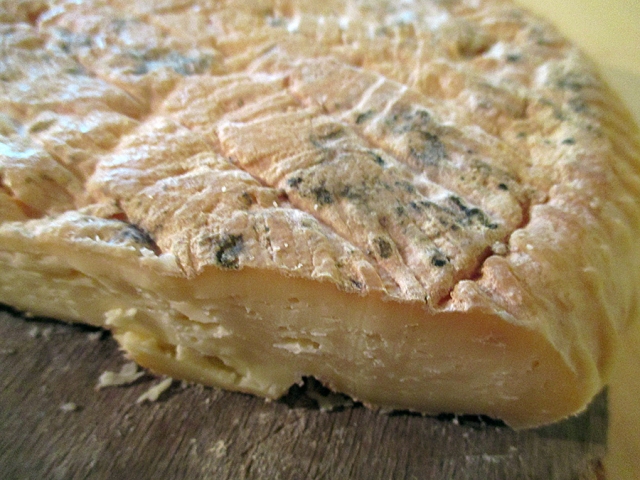Tradition Making, Part 2: Etseri, Svaneti
(Continued from last week)
Cheese can be made from the milk of a variety of mammals; the common cheeses are from cows, goats and sheep, all made in Georgia. We’re sticking with cows’ milk, because a cow is what we have and what others use up here for cheese making.
Rennet is added to the warmed milk, being an enzyme originating in the cow’s stomach which causes the solids (curds) to separate from the liquids (whey), the former becoming the cheese and the latter usually being discarded or fed to calves. After it has sat for a while, the formed curd mass is cut up in the whey and left a bit longer before extraction.
A bacterial culture can be added early on as well, and is often required to make a specialized cheese. I am seeking to make mine without this addition, because it must be bought, likely from outside Georgia, and this adds to the expense and complication of things. Other things can be added to flavour it now, too: herbs, for example.
The cheese is usually pressed, once you have separated it by hand from the whey, to extract even more whey; longer and with heavier weight for a harder cheese, less so or even not at all for a softer type. This step is not found in the Georgian cheese making that I have seen, and which my wife does. She merely leaves it to drain for some hours or overnight in a plastic cheese strainer, periodically pouring off the whey which has come out.
Then the cheese is aged, also omitted in Georgia, although curing local cheese in brine is often done. I’m talking about drying it out in air, while protecting it with a cloth or other cover from the main animal enemies: mice, and flies, which would love to lay their eggs in it, which will yield maggots! Unwanted surface bacteria can be discouraged by a wipe with a brine-soaked cloth, or a dip in brine.
You need to keep tabs on air temperature and humidity during this time, as these affect the aging process and its results. In fact, all of the above processes should be monitored when experimenting with cheese making, to arrive at a repeatable result! Temperature of cheese when you add the rennet; amount of rennet, stirring and cutting processes; amount, timing and time of weight; and so on. Treat it as a science as well as an art.
You can wax the cheese with hot molten wax to kill surface bacteria and seal it from further such and help it age, and I’m fortunate in having a neighbour and good friend here who will sell me the necessary wax from his beehives, though I’ve not yet tried this process.
As with any experiment that you want to call scientific, a main rule is: only change one variable at a time! Otherwise you won’t know what does what.
Then, wait. Months, sometimes longer. This is the hard part, as it is with liqueur making, as I’ve found.
So far I’ve carried out two simultaneous tests, one pressed overnight and the other not at all, and both have yielded a hard cheese with a softer, stronger flavoured centre at just over a month old. I need to continue, because my results are absolutely delicious enough to persuade me away from either Georgian-made or foreign commercial varieties available in-country, which is my long-term goal. (My niece, living with us, and my wife, agree.) I’d even like to get the cheese certified, if they do that here, give it a name, and start a small scale sales operation! Nothing big or taking all my time, but enough to offer clients at our guest house to eat or buy and take with them. (I’ve now determined, from a quick online search, that my cheeses from Georgia can be imported for personal use into the USA or Canada, but not into the EU.)
Next up, buying a food-grade plastic cheese mould to give a regular cylindrical form, and making a simple press for it. I’m delighted with the first tests, and am encouraged to continue to success. The aging room still needs to be made, with shelves and temperature/humidity control, away from pests. But step by step, I think we can do this.
The philosophical underpinning of all this is the tension between making a tradition to stick with (finding what works in the cheese making and staying religiously with that), versus innovating to get a new result; perhaps this too eventually becoming a whole new tradition. Georgian cuisine tends to be very conservative in this regard (e.g. there is exactly one dish here that you put ground black pepper on: khinkali), but as I am finding out to my benefit, there’s plenty of room for new things. Including Hanmer cheese from Etseri.
Tony Hanmer runs the “Svaneti Renaissance” Facebook group, now with over 1000 members, at
www.facebook.com/groups/SvanetiRenaissance/ .
He and his wife also run their own guest house in Etseri:
www.facebook.com/hanmer.house.svaneti
Tony Hanmer












